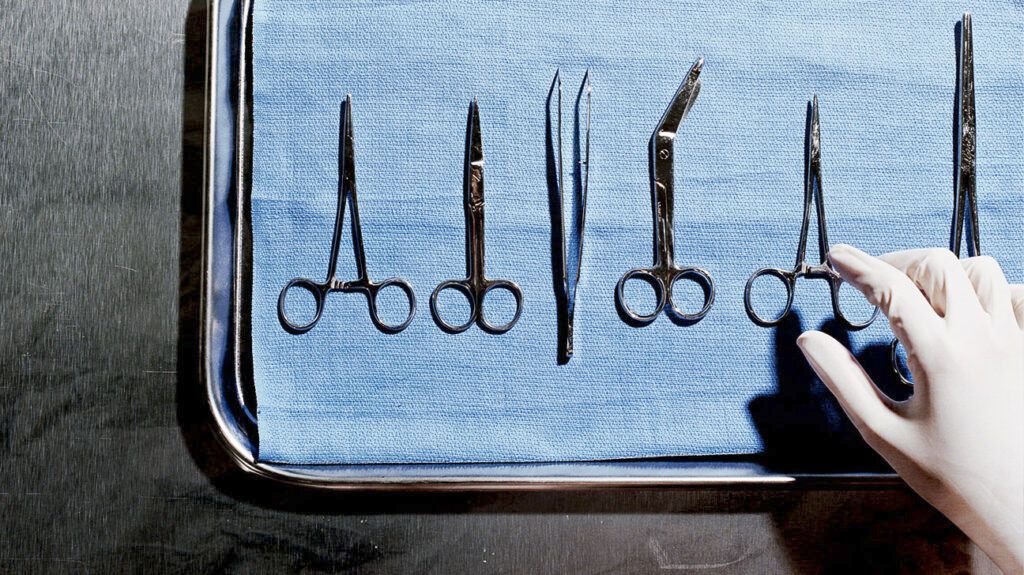It is possible for tonsils to grow back after a tonsillectomy if a surgeon has not fully removed them.
Tonsillectomy is a procedure to surgically remove the tonsils. Surgeons may perform this procedure to address breathing difficulties during sleep or to treat repeated infections such as strep throat. Infections of the tonsils can cause inflammation known as tonsillitis.
Some children who undergo a tonsillectomy may need another surgery in several years if their tonsils grow back. This is rare but possible, depending on the procedure.
This article explains tonsillar regrowth, how to identify the symptoms, and what to do about it.

Tonsils can grow back after a partial tonsillectomy, which is also known as a tonsillotomy or intracapsular tonsillectomy.
While doctors can choose to carry out a complete tonsillectomy, removing the tonsils entirely is more painful and might have a
However, tonsils can grow larger again if a surgeon only partially removes them. In a small
People may not notice that their tonsils have grown back unless they look in the back of their mouth or experience symptoms.
The tonsils are
The symptoms of tonsillitis include:
The possible severe symptoms include:
- white, pus-filled patches on the tonsils
- swollen neck glands that feel similar to lumps
- foul-smelling breath
If the tonsils grow larger after surgery, they may cause similar problems to those that occurred when they grew too large in the first place For example, they may partially block the airways during sleep, leading to restless sleep or frequent waking up.
Strep throat is an infection that results from group A Streptococcus bacteria. It is a common cause of sore throat and tonsil inflammation. A 2024 study suggests that this type of infection leads to around 5.2 million clinic visits in the United States every year.
Because Streptococcus bacteria often infect the tonsils, tonsillectomy significantly reduces a person’s risk of contracting strep throat and reduces the severity of the condition. However, strep throat can affect different parts of the throat. This means a person can still develop it even if they have undergone a tonsillectomy.
A Streptococcus infection can also present as a skin rash.
While tonsillitis is a common cause of a sore throat, many other infections and environmental factors can also lead to a sore throat, including:
- viral infections such as cold and flu
- smoking
- laryngitis, which is an infection of the vocal cords
- glandular fever
However, children may experience fewer sore throats after a tonsillectomy.
Having a partial tonsillectomy instead of a total removal is the primary risk factor for regrowth.
According to the 2022 study above, being younger at the time of tonsillectomy might also increase a person’s risk of tonsil regrowth.
If the tonsils grow back, around
How common is it for tonsils to grow back?
What causes tonsils to come back?
If a surgeon only partially removes the tonsils, they
Tonsils may grow back after a tonsillectomy. If a surgeon chooses to remove only part or most of the tonsils to reduce the risk of complications, the tonsils may grow back in some children.
Surgery when a child is younger is a risk factor for tonsillar regrowth.
If the tonsils grow back, they may obstruct the airways or develop symptoms of infection again. To address tonsil regrowth after the first procedure, a doctor may recommend a total tonsillectomy, which involves removing all tonsil tissue.
